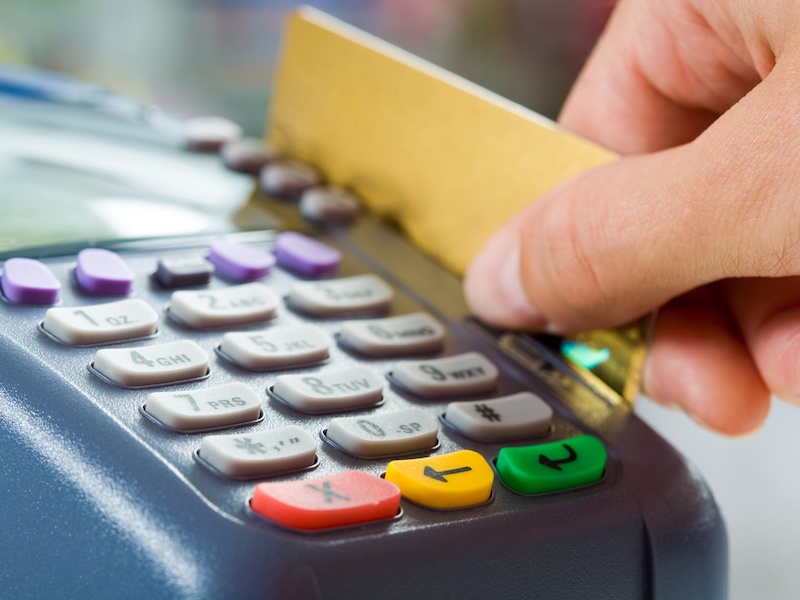
In late June 2020, consumer spending levels outpaced levels from 2019 – a first for the year, says a report from RBC Economics.
In a new report, based on its card users’ data, RBC found that a rebound in spending continued to gain momentum in June, as the Canadian economy emerges from its Covid-19 lockdown.
“For the first time since lockdown, spending even turned positive compared to year-ago levels during the last week of June,” the report said.
By the end of the month, spending was up 4% compared with a year ago, it noted.
RBC said that the increase in spending was broad-based and included “a long-awaited uptick in small business spending.”
The report also noted that spending on vehicle and gas expenses was up year-over-year as people are driving more and avoiding public transit.
Spending in other areas remains down from last year but the decline is shrinking as the economy reopens.
For instance, the report noted that spending at apparel, gifts and jewelry stores ticked up in June as did spending on health and wellness (such as haircuts and massages). Fitness spending, meanwhile, is still down as gyms remain shuttered.
Food delivery expenditures remained high, but slowed as restaurants reopened, it noted. And entertainment spending remains subdued as in-person entertainment remains closed.
Separately, Statistics Canada issued a report examining the impact that changing consumption patterns during Covid-19 disruptions had on consumer inflation.
Normally, shifts in household purchasing patterns take place over a long period of time and the Consumer Price Index (CPI) is adjusted to reflect those changes, StatsCan said.
However, the pandemic “created an unprecedented situation” where patterns changed dramatically in a short period of time and these shifts are not accounted for in the CPI.
To address the issue, StatsCan, along with the Bank of Canada, collected new data to track fast-changing consumption patterns during the pandemic, which they used to create an “analytical price index” for March, April and May.
That research found that for the 12-month period ending in May both the official CPI and their experimental analytical price index showed annual average inflation of 1.6% — indicating that overall inflation remained stable, even as consumption patterns shifted dramatically.
“Annual average CPI calculations indicate that Covid-19-related variations in expenditure patterns would need to be sustained over a longer period to impact the long-term consumer inflation cycle,” it said.